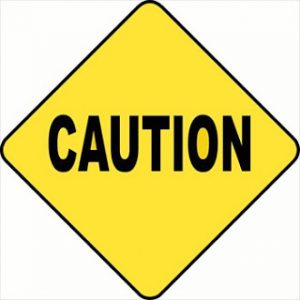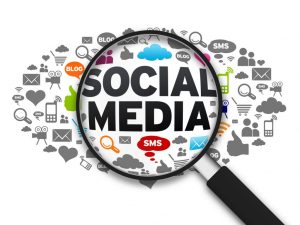 In 1999, a California plumbing company hired a man who had once been convicted of domestic violence against his ex-wife. In 2003, the man made a house call that sparked a friendship with the woman living there, a relationship that eventually grew romantic. That same year, the plumbing company fired him for a variety of offenses, including drug and alcohol use and alleged physical threats against a co-worker. Two years later, the woman he was with ended the relationship and sought a restraining order against him. He responded by shooting her to death, a crime for which he was convicted.
In 1999, a California plumbing company hired a man who had once been convicted of domestic violence against his ex-wife. In 2003, the man made a house call that sparked a friendship with the woman living there, a relationship that eventually grew romantic. That same year, the plumbing company fired him for a variety of offenses, including drug and alcohol use and alleged physical threats against a co-worker. Two years later, the woman he was with ended the relationship and sought a restraining order against him. He responded by shooting her to death, a crime for which he was convicted.
The victim’s daughter sued the plumbing company, alleging that it was negligent in hiring the man. Although that suit was unsuccessful, the case illustrates the vulnerability businesses have to claims of injury caused by their employees. Courts may find an employer guilty of negligent hiring if all of the following factors are present in the case:
- When the employer hired the person, it knew or reasonably should have known that he was unfit for the job and dangerous. For example, if an accounting firm knowingly hired a person who has served time in prison for embezzlement, a client who suffered a theft loss because of him could plausibly claim that the employer should have known that he was unfit for the job.
- The employer should have foreseen that the employee would harm someone. The accounting firm should have anticipated that a convicted embezzler left in charge of clients’ assets would feel tempted to pocket some of them. In the California case, the victim’s daughter argued that the plumbing company should have foreseen that its employee could injure or kill a female customer. The court rejected that argument, saying that no reasonable person could foresee that the man would turn violent two years after being fired.
- The employer’s act caused the victim’s injury or harm. A client of the accounting firm could argue that, if the firm had not hired the convicted embezzler, he would still have $1 million in the bank. The California court said that the plumbing company’s act of hiring the woman’s killer did not cause her death because the relationship developed outside of his work duties and did not turn into romance until after the company fired him.
There are two ways businesses can obtain Liability insurance to protect themselves against claims like these. In cases of bodily injury or property damage, the Commercial General Liability insurance policy might provide coverage. Businesses should review their policies carefully with an insurance agent, however, because some policies might contain endorsements that remove coverage for liability resulting from employment practices. Also, the CGL policy would not cover a loss such as the embezzlement claim against the accounting firm because there is no bodily injury or property damage. Employee Dishonesty insurance might cover incidents such as this. Also, some Employment Practices Liability insurance policies might provide coverage, but they must have special endorsements adding coverage for liability to non-employees. Again, businesses should work with their insurance agents to verify that they have the proper coverage.
Insurance is no substitute for an employer doing a thorough background check on job applicants before hiring them. Taking steps to reduce the likelihood of a negligent hiring claim will save the business costs that insurance doesn’t cover, such as those arising from poor workplace morale, harm to the business’s reputation, and difficulty attracting skilled employees. A new employee is a significant investment for any business; making careful hiring decisions will save it long-term trouble and expense.














